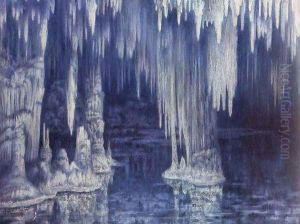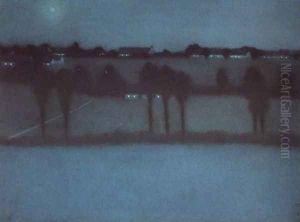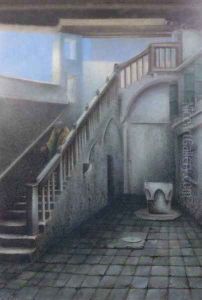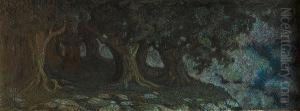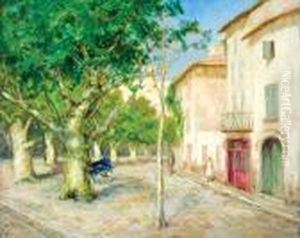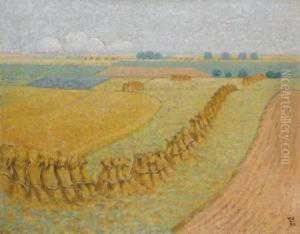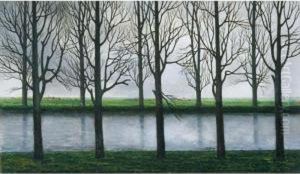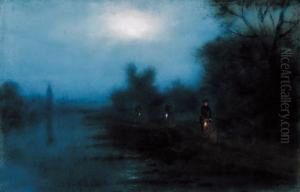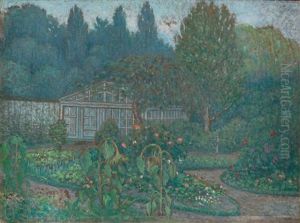William Degouve de Nuncques Paintings
William Degouve de Nuncques was a Belgian symbolist painter, often associated with the School of Symbolism, an artistic movement that emerged in the late 19th century in France and Belgium. Born on February 28, 1867, in Monthermé, France, he later became a naturalized Belgian citizen.
Degouve de Nuncques married fellow artist Juliette Massin, with whom he shared a deep artistic and personal relationship. His early work was influenced by the Pre-Raphaelites and the symbolist poets. Often characterized by a mystical and dreamlike atmosphere, his paintings typically feature landscapes, gardens, and nocturnal scenes with a distinctive, subdued color palette and a sense of stillness and quietude.
He spent significant periods of his life traveling, particularly in Italy and the Balearic Islands, where the Mediterranean landscapes left a profound impact on his work. His painting 'The Blind House' (1892) is one of his most famous works, emblematic of his symbolist approach with its haunting representation of a house in twilight.
During his life, he was not widely known, and his work was often overshadowed by more prominent symbolists of the time. However, his artistic contributions gained recognition posthumously, and he is now celebrated for his unique approach to symbolism, especially in his nocturnal landscapes that evoke a sense of mystery and enchantment.
Degouve de Nuncques was also a member of the avant-garde group Les XX, a Belgian collective of artists who rebelled against the academic standards of the time. His participation in this group connected him with other notable artists and helped to cultivate his distinct style. He continued painting until his death on March 1, 1935, in Stavelot, Belgium. His works are now held in various museums and collections around the world, appreciated for their poetic and serene qualities.







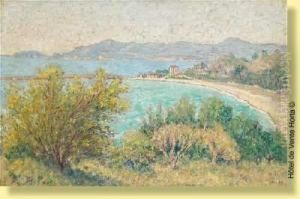
![Sans Titre [jardin Plante D'arbres]](https://www.niceartgallery.com/imgs/1270350/s/william-degouve-de-nuncques-sans-titre-jardin-plante-darbres-402fd409.jpg)




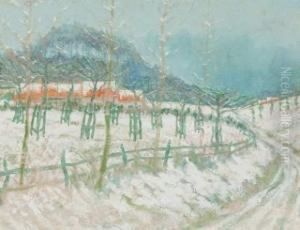








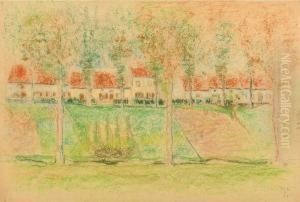
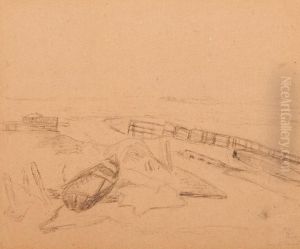








![[village Enneige] (date 1923)](https://www.niceartgallery.com/imgs/1270360/s/william-degouve-de-nuncques-village-enneige-date-1923-ef8699c3.jpg)
